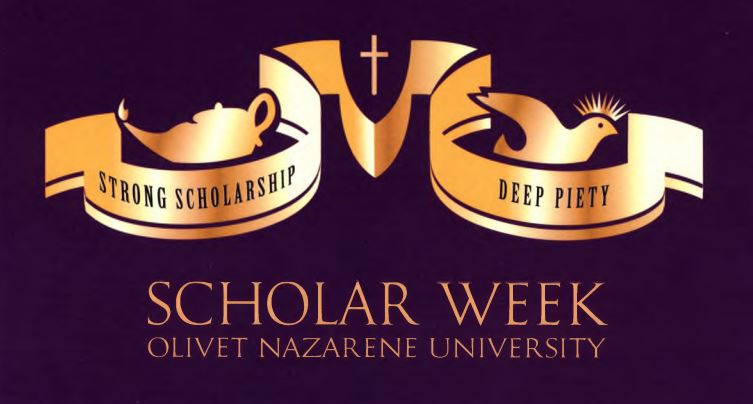The Birthday Problem meets Graph Theory
Project Type
Faculty Scholarship
Scholarship Domain(s)
Scholarship of Discovery
Presentation Type
Presentation
Abstract
Suppose that we choose a group of people and attempt to determine the probability that some pair have the same birth date. This gives rise to what is often called the birthday paradox, because, with some assumptions about birthdates, the size of the group required to exceed a 50% probability of a birthday match is surprisingly small (only 23 people are needed). Alternatively, the birth-mate problem is the problem of determining the probability that someone in a group will have a birthday that matches a specific date. In this case, a group of 253 people are necessary for the probability of a match to exceed 50%. While the number of people in both problems is quite different, the underlying number of “opportunities” for a match is not. In this talk, we will view the underlying structure of the "opportunities" in both problems as a network (or graph), and then consider other variations on the birthday and birth-mate problems that can be defined and solved by choosing a different underlying network.
Permission Type

This work is licensed under a Creative Commons Attribution 4.0 License.
The Birthday Problem meets Graph Theory
Fishbowl
Suppose that we choose a group of people and attempt to determine the probability that some pair have the same birth date. This gives rise to what is often called the birthday paradox, because, with some assumptions about birthdates, the size of the group required to exceed a 50% probability of a birthday match is surprisingly small (only 23 people are needed). Alternatively, the birth-mate problem is the problem of determining the probability that someone in a group will have a birthday that matches a specific date. In this case, a group of 253 people are necessary for the probability of a match to exceed 50%. While the number of people in both problems is quite different, the underlying number of “opportunities” for a match is not. In this talk, we will view the underlying structure of the "opportunities" in both problems as a network (or graph), and then consider other variations on the birthday and birth-mate problems that can be defined and solved by choosing a different underlying network.


